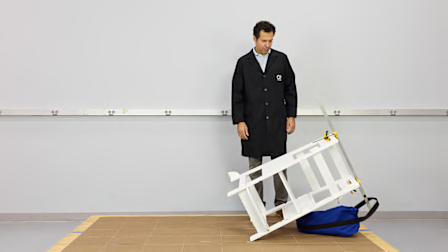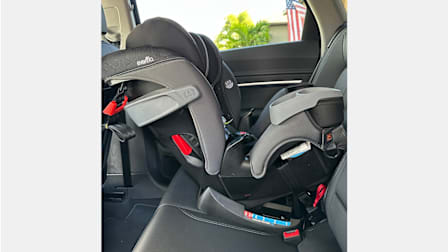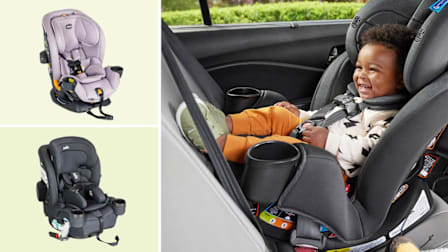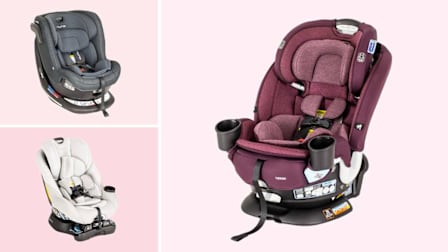Federal Regulators Restrict the Sale of In-Bed Sleepers and Several Other Infant Sleep Products
The change comes as the American Academy of Pediatrics warns parents to avoid bed-sharing
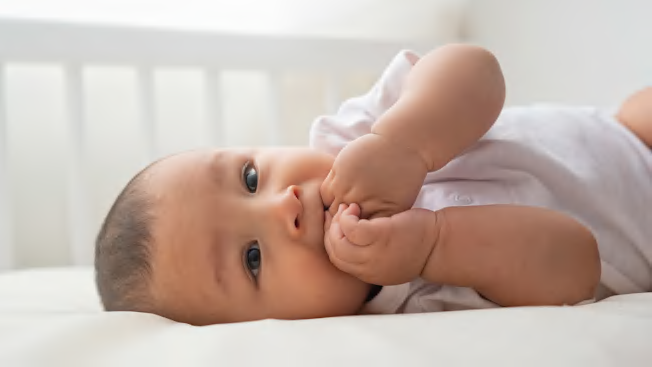
Dangerous infant sleepers and other products that aren’t consistent with expert medical advice will no longer be allowed to be sold or marketed for sleep because of a federal rule taking effect today. And the American Academy of Pediatrics has updated its infant sleep guidelines, urging parents to use only sleep products covered by a federal safety standard and to not share their bed with a sleeping infant.
Last year the Consumer Product Safety Commission approved a rule requiring that sleepers meant for babies up to 5 months old meet the safety standards of one of five federally regulated product categories: full-sized cribs, non-full-sized cribs, bassinets/cradles, play yards, and bedside sleepers.
Products not covered under any of these standards include inclined sleepers (which position babies at an angle of greater than 10 degrees), in-bed sleepers (which are meant for parents who want to share their bed with their babies), baby boxes (cardboard boxes with a thin mattress), sleep hammocks, and small bassinets without a stand. After June 23, 2022, these products may not be manufactured unless they conform to the new federal rule.
Tips for Safe Sleeping
Here is advice for parents and caregivers to reduce the risk of sleep-related infant death:
Remember: firm, flat, and on the back. A baby should be placed to sleep on her back on a firm, flat, noninclined surface in a crib, bassinet, play yard, or bedside sleeper.
Sleep in the same room, not the same bed. AAP recommends that parents sleep in the same room—but not in the same bed—as their baby, preferably for at least the first six months. There’s evidence that it cuts the risk of sudden infant death syndrome by as much as 50 percent.
Use car seats, strollers, swings, and infant carriers when the baby is awake. If your child does fall asleep in one of these products, move him or her to a safe sleep environment, such as a firm, flat crib or a bassinet as soon as you can.
Be careful with secondhand sleep products. Always check recalls.gov to see if a product you’re considering has been recalled, and make sure the product is one that falls under one of the CPSC’s standards.
Report unsafe products. To report an unsafe product or to see whether a product is linked to injuries, go to the CPSC’s SaferProducts.gov database.

















